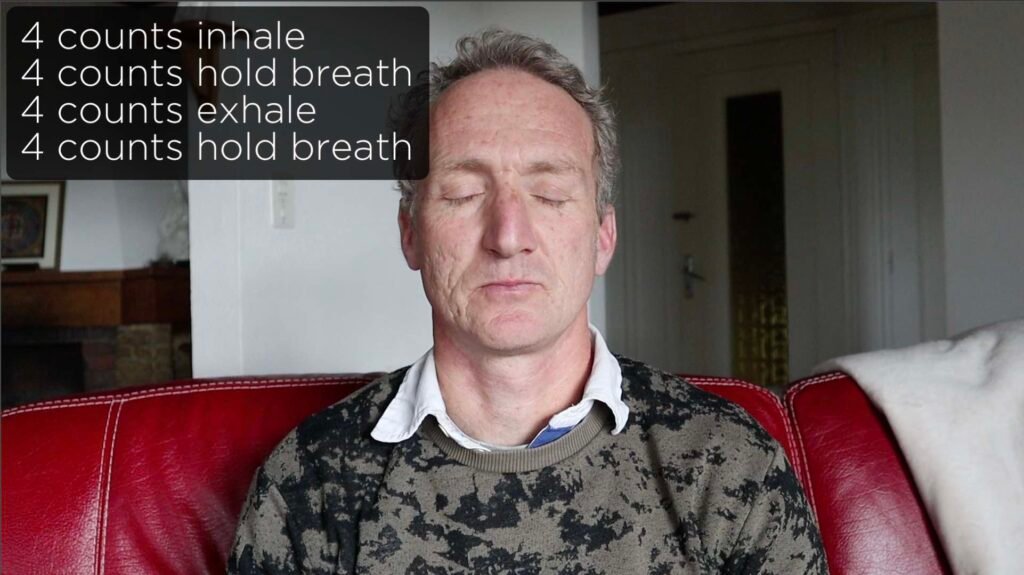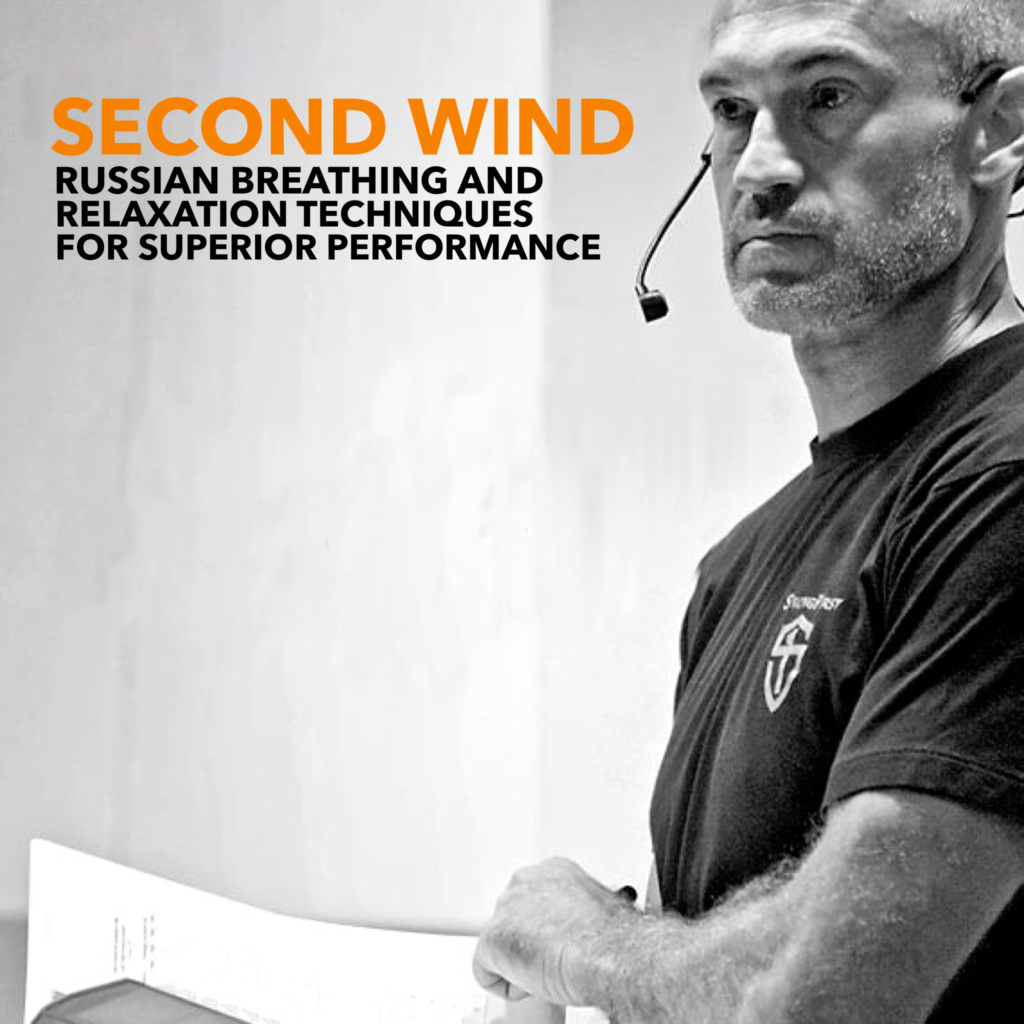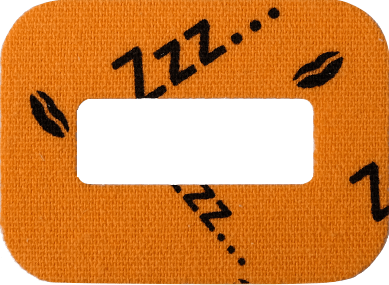I didn’t talk about breathing as a way to build self-confidence in my book The Confidence Journey. What follows will give you yet another tool to train this precious skill.
One of the many ways to access confidence, to actually feel confident almost immediately, is to imagine being someone else. Pick your hero, imitate him, walk as he walks, talk as he talks, get his posture, anything, and you’ll enter a very different state of mind.
Apparently, we have this capacity with what’s called mirror neurons.
Now, when you picture and feel this confident person, how do you breathe?
Next step.
Now imagine this person is challenged by someone or something.
A crisis of some sort, I don’t know, maybe a fake pandemic, a tennis player’s dad who wants to fight with you, or a driver who insults you because you’re too slow (as they say in the movies: “Any resemblance to persons living or dead is purely coincidental.”)
Well, you can even imagine a confident actor’s response, this scene has been made so many times in Hollywood! Any Clint Eastwood, James Bond or super hero fan here?
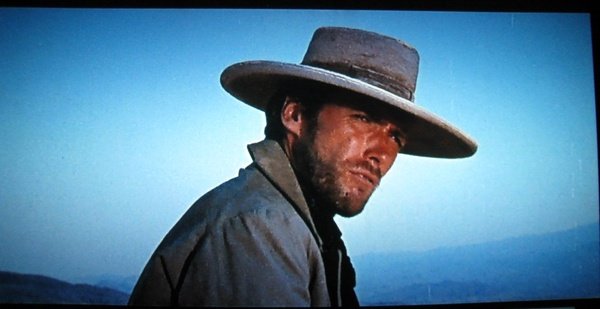
Now, the key question remains: how do they breathe while under pressure?
Are they taking deep inhales?
Can you see their chest and shoulders as they are gasping for air?
Are they breathing like a puppy…or like a lion?
Now, why on earth there is this conventional wisdom saying we need to “take a big breathe” when we are in trouble? No idea. And as it turns out, not a good one.
Why Taking A Big Breathe Is Not A Good Idea for Confidence (and health)
Carbone dioxide’s (C02) level in our blood dictates we need to take a next breathe. At rest, healthy people are between 95 and 98% on their oximeter.

In the coronavirus epidemic, professor Raoult even explained to us that it would be much more intelligent for everyone to buy such a device because, contrary to PCR tests, these are much cheaper, can be done any time, and don’t show false positives. Of course, it doesn’t affirm you have this particular disease, at the same time if you’re under 95% at rest, it means there is an issue and you need to see a doctor urgently.
Now, training confidence with breathing will be the opposite of this, so bare with me, I’ll explain in details.
What does happen when you take big inhales?
You get more oxygen (O2), and release more CO2. So your oximeter result will remain at its maximal level.
Repeat ad nauseum and you have set your nervous system to trigger inhales as soon as your level of O2 decreases, even a tiny bit.
Meaning that for the slight effort you’re going to ventilate more than necessary.
Also meaning that for any emotion coming in, you’re going to inhale more than necessary (in volume and/or frequency), because your system believes you’re in trouble...even when you’re not.
And so your breath’s reflex entraps you in a vicious cycle: you breathe more than necessary, starting a cascade of reactions like acid lactic, adrenalin and cortisol productions. Now your body indeed has loads to take care of, so it keeps ventilating to face the supposed threat. Stress sets in. You’re soon exhausted.
How do you face the challenge in front of you then? Very poorly. You’re more likely going in a fight of flight mode rather than responding with calm and intelligence.
On the long term, breathing too much can bring blood circulation and cardiac issues.
We can do (much) better.
Breathing response vs breathing reaction: Russian scientists and Oxygen Advantage to the rescue!
I attempted Pavel Tsatsouline seminar Second Wind a few years ago, and more recently read Patrick Mc Keon’s book.
In both cases, the remedy to build endurance, health and resilience is the same:
- breath less. Less air. Less frequency.
- practice breath holds after exhales.
- reset your system so you get used to handle more CO2 and less O2.
This is how some military and olympians elites are trained.
Training this way and you develop your ability to handle stress, increase your Heart Rate Variability (HRV), can hold longer time without air, and not being unnecessarily activated all day.
In short, you are ready for the big fights not spending energy for the small battles.
How to develop this type of resilient breathing?
Since attempting to Pavel’s seminar, I’ve been exploring the exercises, both on myself and the tennis elite players I’ve coached.
It took me a while to understand what would be the Minimum Effective Dose. For months I did my exercises in the morning and couldn’t see a difference in my Morpheus results (device that shows recovery and HRV of the day), nor my cardio.
Regardless, I did feel good doing them, and the science makes sense, so I didn’t give up completely.
It’s only recently that I understood that something was missing in my training. The exercises that I selected were too easy and not adapted to where I was any longer.
WARNING About Breathing Exercises
Breathing exercises can have potential disasters. Not done correctly or not for the right people, and you can seriously harm yourself.
If you’re pregnant or you have high blood pressure, forget about it for the time being, and come back later.
In doubt, consult your doctor. And remember that your health is your responsibility. I do suggest and share what I find out, you are welcomed to be intelligent in your exercise selection too!
Also, know that people die sometimes doing breath holds followed with diving, even in swimming pool. If you could avoid this, I think it would be a good idea.
Having warned you, the exercises that I will suggest below don’t have danger for the majority of the population. Quite the opposite.
The breathing exercises that build self-confidence (among other things)
1. Learn how to breathe correctly.
First thing first, I do believe most of us don’t breathe correctly.
At least not optimally. Me included.
Breathing is like one of these topics like nutrition: the more you learn about it, the more you realize you don’t know much! Be aware I’m a certified yoga instructor, have been taught by many many teachers, and I still feel this way about my breathing.
And so with all this knowledge, today I don’t feel that I’m the right person to tell you how to breathe (nor to tell you how to eat). Moreover, changing your breath could trigger emotions and release traumas, so my best advice of the moment, instead of telling you what to do, is to suggest avoiding those mistakes:
- mistake #1: only breathing with your chest and not engaging your diaphragm.
- mistake #2: breathing too much. While some types of hyperventilation breathing techniques are very powerful and could be appropriate for specific purposes (Wim Hof and tibetan monks with their tummo techniques have benefits), these are not advisable for our normal life.
- mistake #3: breathing with a bad posture. I believe the energy does not circulate well this way.
- the biggest mistake (by far): breathing with your mouth! Your mouth if for eating and your nose for breathing, simple as this.
If you think you already avoid making these mistakes, go on with the following suggestions. If not, please go and seek personal advice, with a Buteyko or Oxygen Advantage practitioner for instance.
Or at least read the Oxygen Advantage’s book.
2. Easiest nose breathing technique:
To improve your confidence, I then suggest considering a special training that last about 8 hours a day. No, it’s not about marathon push-ups or extended head stands, while it’s possible you learn something with these!
Instead, I suggest breathing with your nose without even thinking about it: while you sleep!
The difference when I use this technique and when I don’t is quite noticeable: I wake up even more rested, and with more serenity.
How to do it? Very simple. You tape your mouth.
You can use a normal tape like this one (this is what I do),
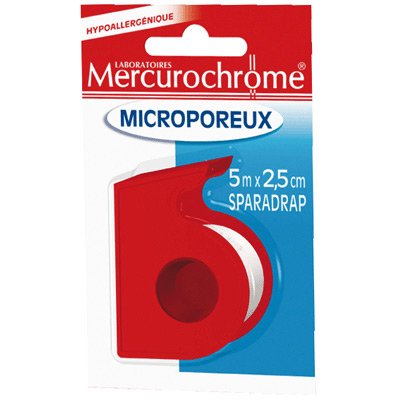
or this new kind, probably more reassuring for some people.
Again, you can’t underestimate the value of nose breathing. For the sake of this article, I insist on the confidence it gives you.
Having said this, for kids development the jaw will grow much better, you avoid many teeth issues, you look better, you are less often sick. Quite staggering actually.
If children or teenagers spend five to 10 years with their mouths open, their faces will become narrow, their jaws will not develop correctly, and their airway sizes will be reduced.
Patrick Mc Keon, The Oxygen Advantage
For more tips about sleeping, go here.
3. Breath holds sitting:
Once you breathe more correctly, and at least used to breathe through your nose all the time, you can practice the following exercises.
Total practice is 1 to 2 hours, including rest. PersonalIy, I start to feel a big difference from the 6th cycle onwards.
The video illustrates the breathing techniques below.
–> 4-4-12 exercise:
- In a confortable posture, inhale with your nose till a count of 4, exhale right away for 4, then hold your breath for 12.
- repeat the cycle for 3-5 min.
- rest with normal breathing for the same amount of time, 3-5 min.
- number of cycles: 6-10 (you won’t improve much with only 1 cycle, it will feel good though!).
- be sure that when you inhale, you do it slowly. If it’s rushy, it means you have held your breath for too long. In this case, reduce the breath hold to 8 and see how it goes.
- you can increase the breath holds longer as you improve.
- notice that improvements are not linear: some day it’s better, and others not. Keep practicing.
–> Box breathing (4-4-4-4):
- inhale for 4
- hold for 4
- exhale for 4
- hold for 4
- repeat 3-5 min
You can mix these 2 exercises one after the other, for a total practice of 1-2 hours, rest included. Pavel advises 1-2 months training periods, for 6-7 days a week.
Suggested goal: Your mission, if you choose to accept it, is to feel that regardless of the situation in your life, you’re able to remain composed, breathing slowly with your nose, even if something is upsetting or after you climb stairs. If you stop improving , go to the next suggestion.
4. Breath hold while walking:
- walk with normal inhale with nose,
- normal exhale with nose
- then hold you breathe as you keep walking
- return to inhale when you feel moderate air hunger, taking small amounts of air first, then back to normal breathing after a few cycles
- if you have to take big inhale after the breath hold, this means you have held your breath for too long
Suggested goal, according to Patrick Mc Keon, is to achieve 80 steps without breathing. Yes, after your exhalation. If you can do more than 60, I believe your ability to control yourself in many situations is quite high already.
Still want more? Here is the last one.
5. Breath hold while running:
- jog for at least 10 minutes, using the 4 counts inhale, 2 counts exhales pattern. This way you keep breathing with the lower parts of your lungs, where the gas exchanges are better.
- after any exhale, hold your breath for 5 seconds
- start breathing again as you did before
- reminder: ALL WITH YOUR NOSE
- if you take a big inhale or breathe with your mouth after the breath hold, it means you’ve pushed too much. Do less next time.
- increase to 10, 15 or more seconds as you improve.
- total breath holds sets: 5-10
- be sure you’re back to a normal breathing (4 counts inhale, 2 counts exhale, with your nose), at a comfortable heart rate, before the next breath hold
This is of course a challenging technique, and this is what was missing in my training.
Since I’ve added breath holds as I run (or after kettlebell swings/ snatches), my HRV and endurance have started to improve again. Allez!
Ultimate goal with the Bolt test
The Bolt test (not related to Usain Bolt if you wonder!) shows where you are with your breath quality. Please note that even top athletes who have not practiced this way can have mediocre results (I was one of these guys). All good: just need to train then!
The Bolt test:
- normal inhale
- normal exhale
- pinch your nose and hold your breath
- see how long you hold your breath till you feel the first sign that your body wants to breathe. This could be a diaphragm or throat involuntary contraction, saliva swallow or something of this kind.
- please note this is not a maximal breath hold test.
- and yes, we’re still talking about breath hold after exhale
Your result:
- if first signs your body wants to breathe appear within the first 10 seconds, then it’s recommended to contact a Buteyko or Oxygen Advantage practitioner. You need to learn how to breathe in a better way.
- if it’s between 10-20 sec, welcome to the club, this is where I was. Practice the exercises of breath hold sitting and after a few weeks, you can add walking.
- once you reach more than 25 sec, you can add breath hold while you run.
There are other exercises you can do to improve your score. One of them is called resonance or biofeedback breathing. Check it out if you aim for a complete reset of your emotional and nervous systems.
In any case, the goal, still according to Patrick, is to have a Bolt score over 40 sec, maintained over a period of 6 months. Tell me when you get there!
In any case, I now believe that once you improve so that your score is above 30 sec, your Confidence level will be able to remain high even in what was before stressful experiences.
Conclusion
There are many ways to build self-confidence in our sport and life. Breathing has this advantage that, practiced, it gives you an instant feedback regarding your ability to remain under control…or not!
Imagine being able to remain composed even after you missed a big point in a tennis match. Or when you need to negociate your fees. Or any stressful situation.
Of course emotions can still trigger you. Having said this, with mindful and trained breath, you’ll be able to come back to your senses more quickly.
Which brings the question of meditation and confidence, for another time!
Enjoy your training,
Benoit
Resources to go further
With Pavel Tsatsouline/ Strongfirst:
With Patrick Mc Keon/ Oxygen Advantage:
- the Oxygen Advantage book.
- article about nose breathing.
- Oxygen advantage podcasts. If you have to pick one, watch this one with Patrick and Peter Lakatos, my first strength instructor at Strongfirst, while they talk about the importance of breathing with nose, sleep, hyperventilation studies for women, child development, teeth, not being sick and much much more: https://www.youtube.com/watch?v=-ntyjXa0OH4
